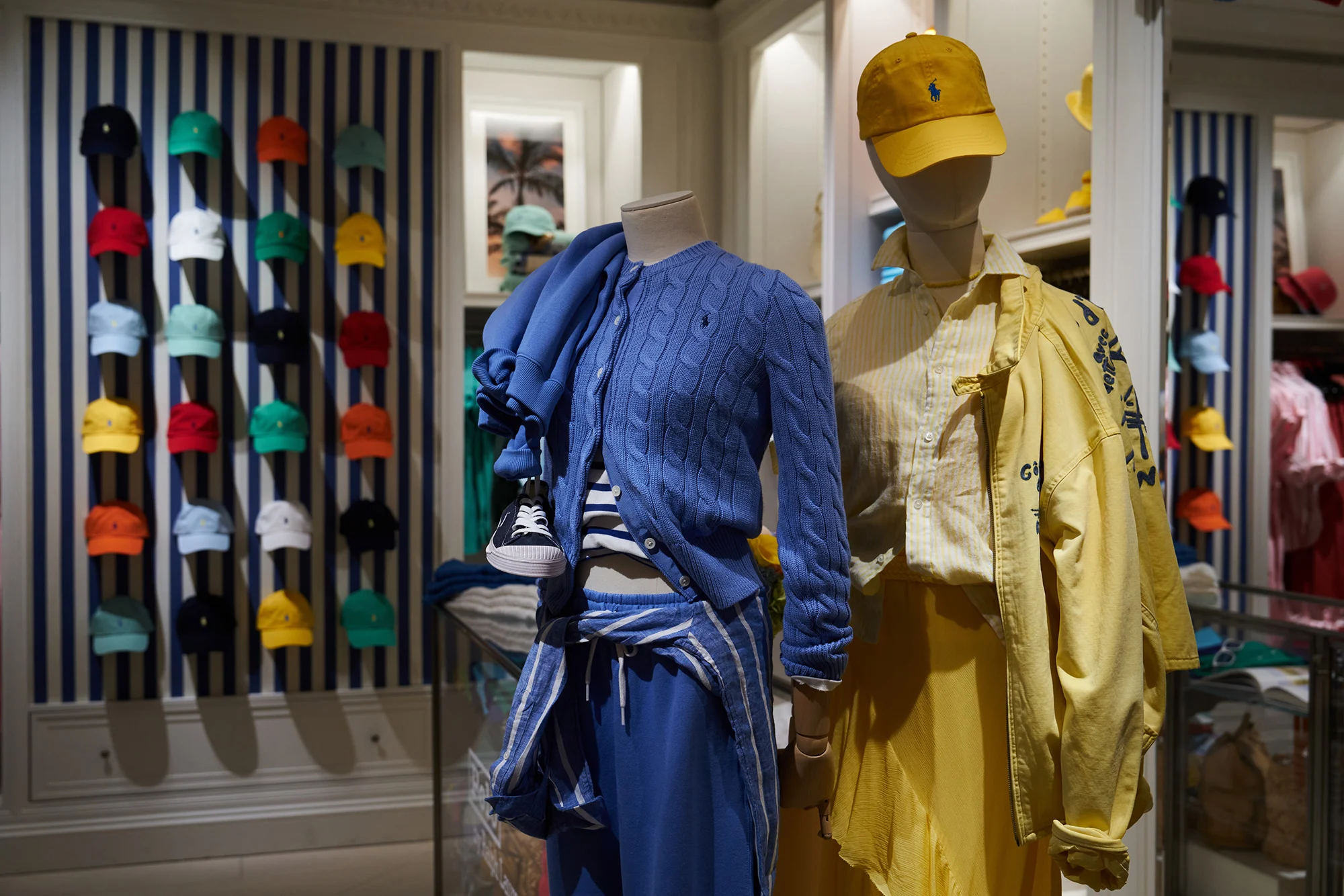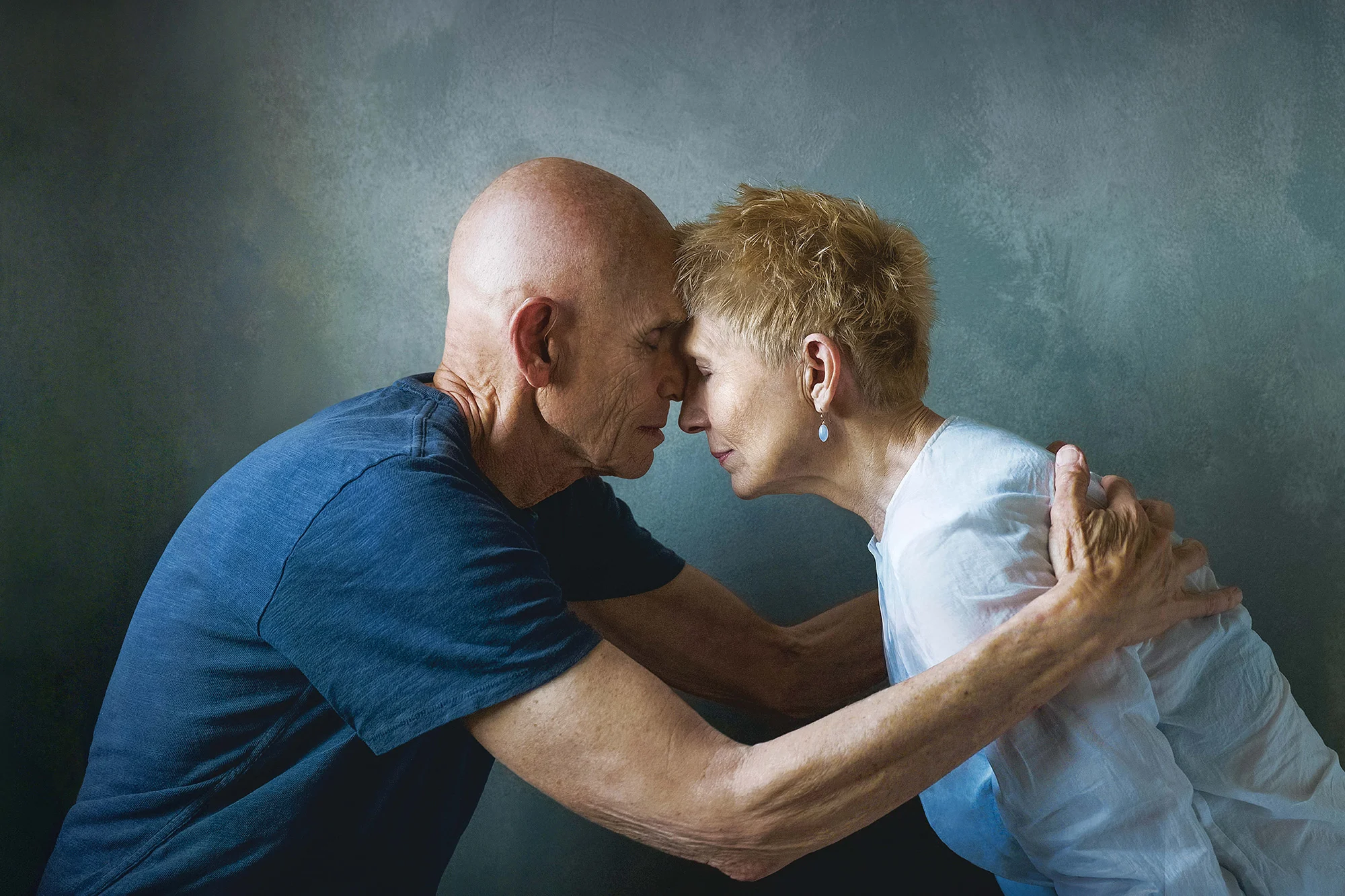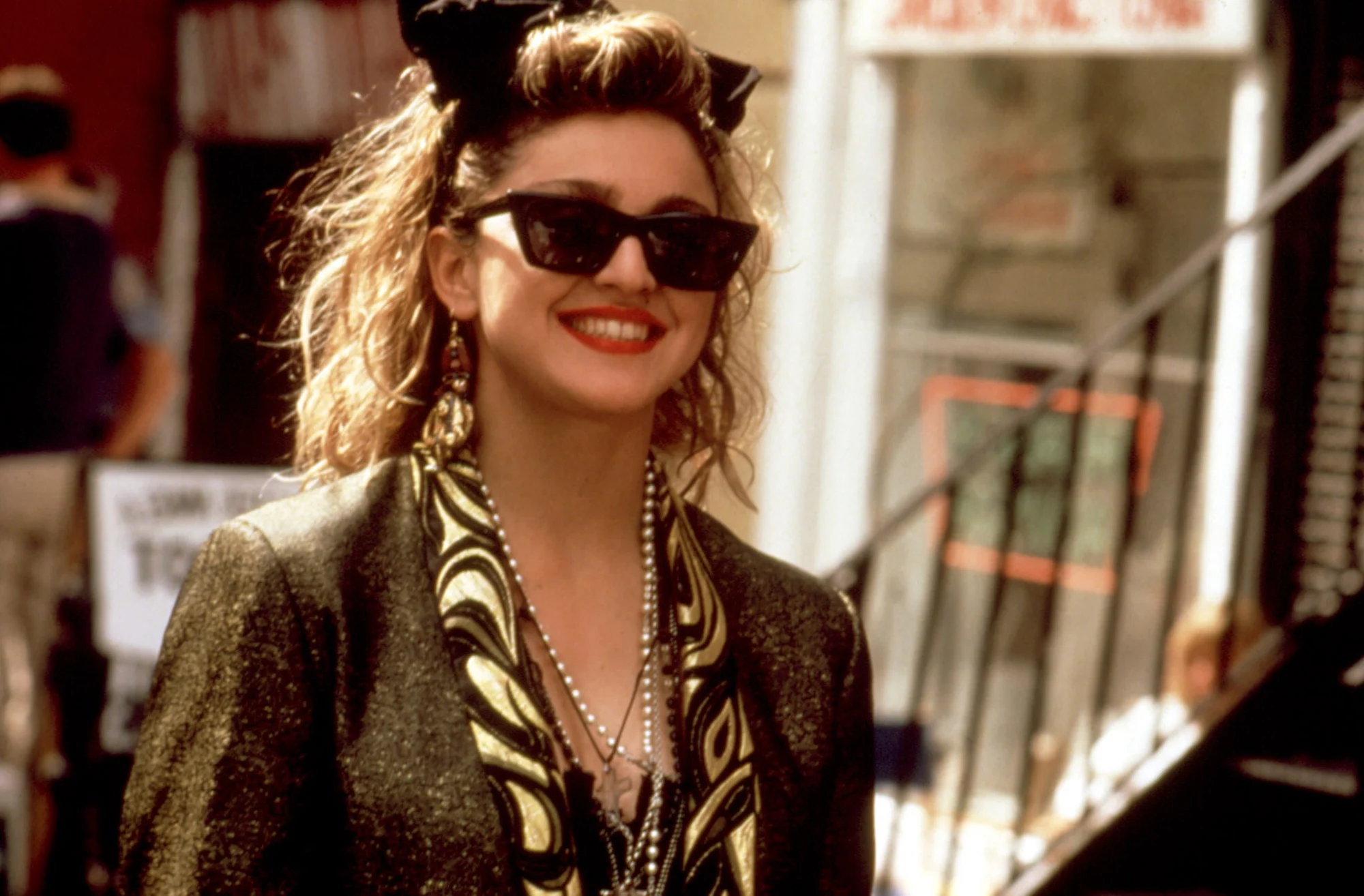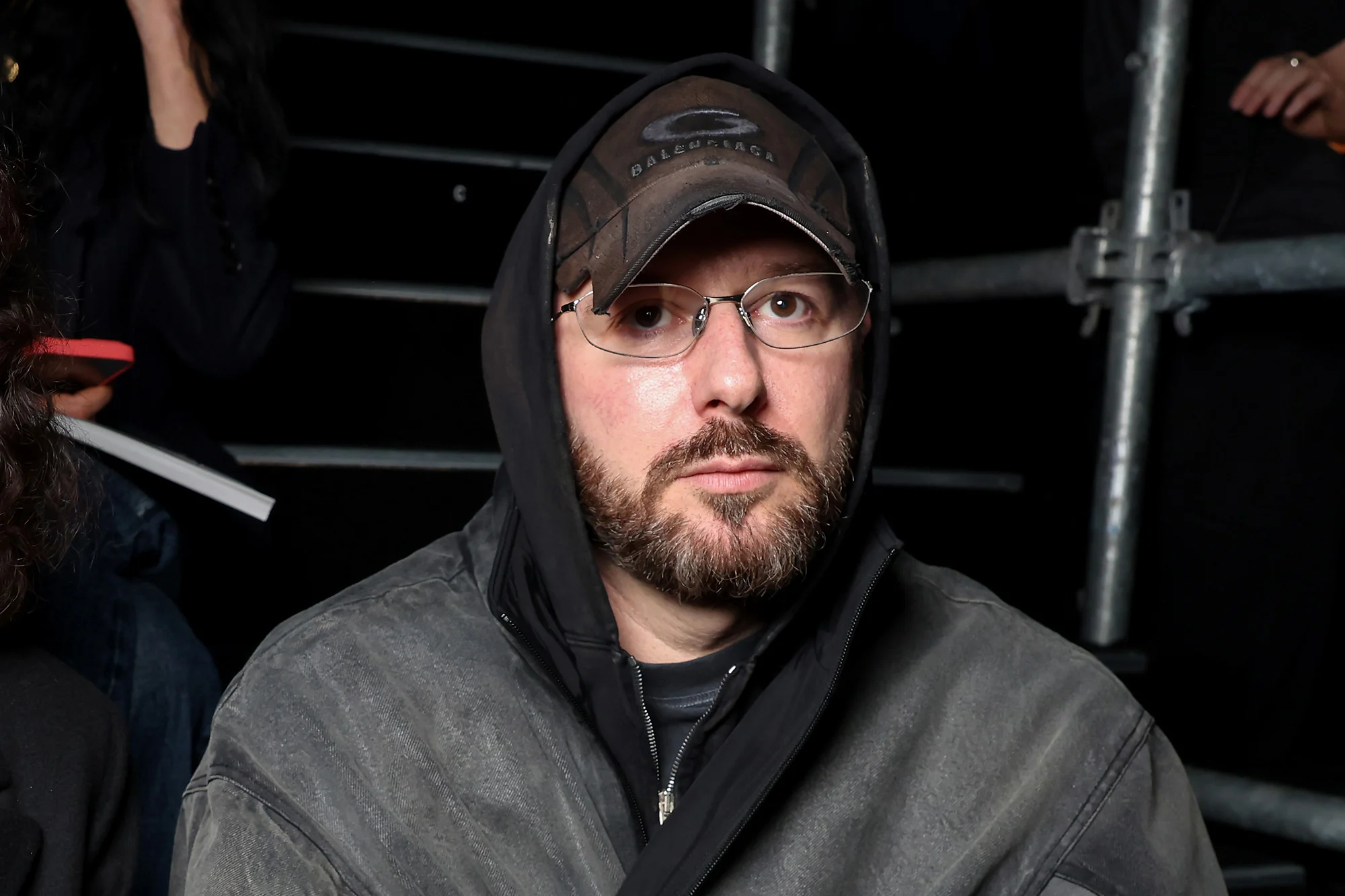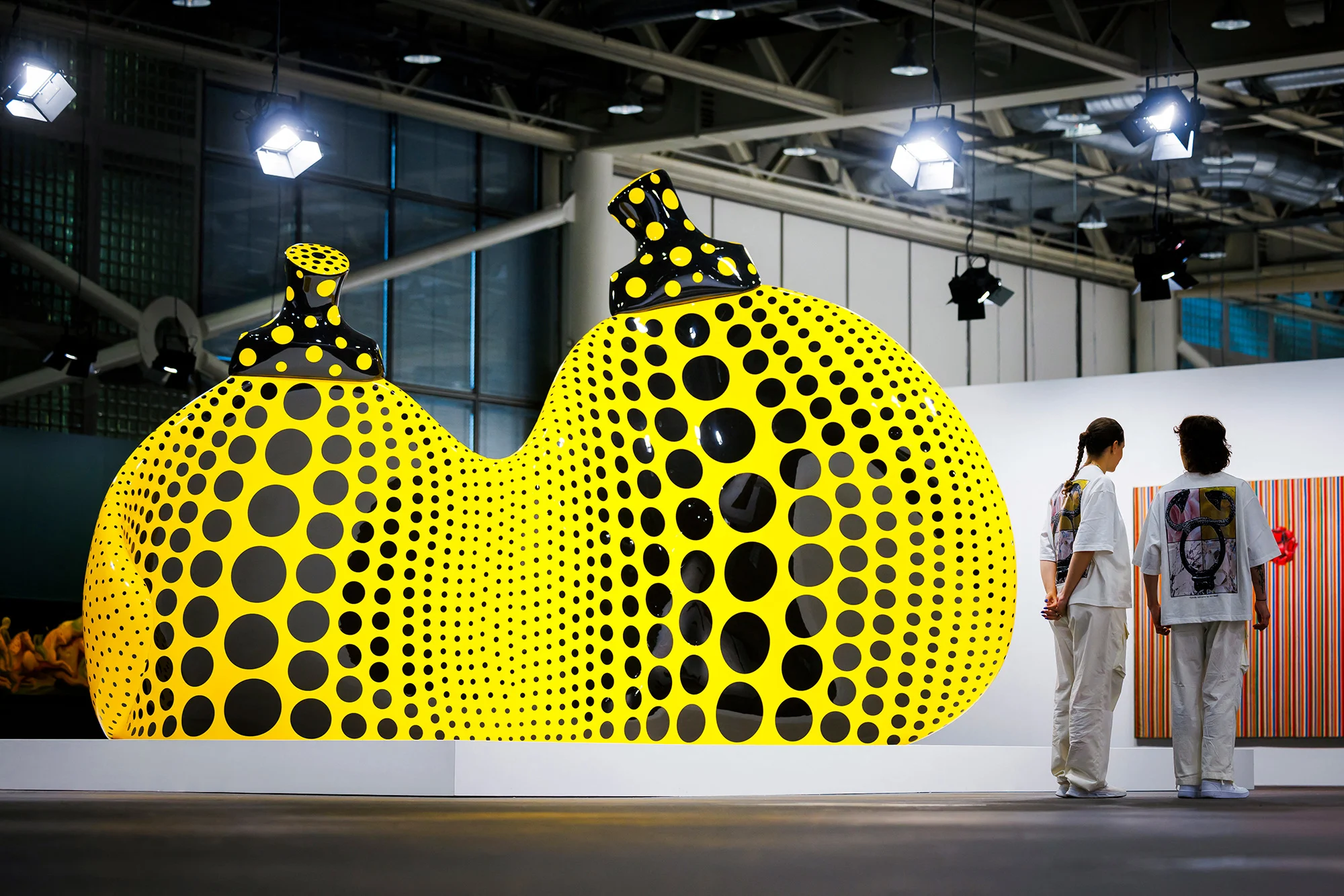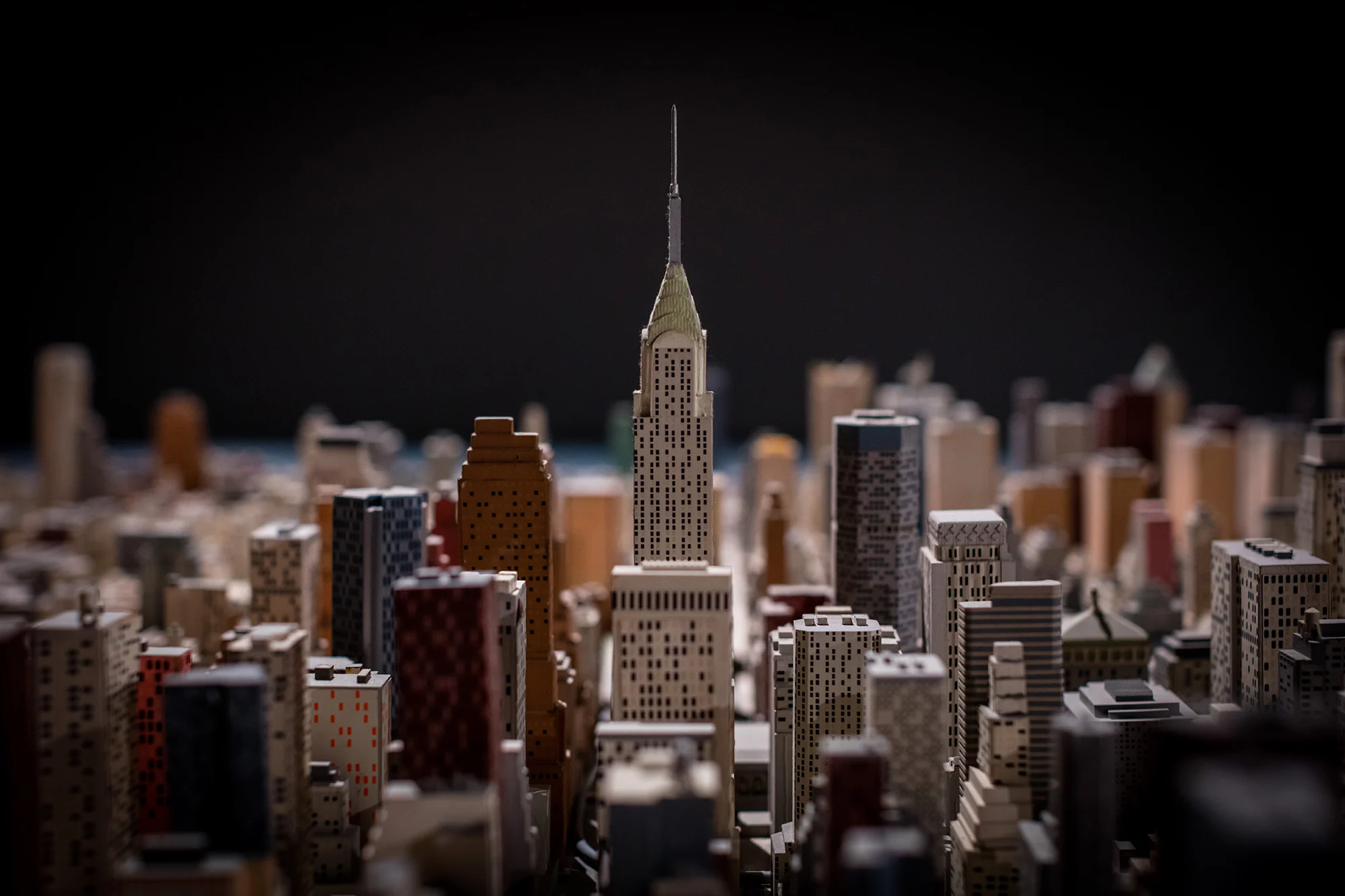
The Empire State Building measures a mere 15 inches tall in this detailed model, while the Statue of Liberty is just under two inches high, excluding its base. At this scale, even ants would appear too large to represent the people below.
These miniature versions of iconic New York landmarks are part of the Panorama, a sprawling 9,335-square-foot model of New York City, meticulously crafted at a scale of 1:1,200. The Panorama, housed in its own room at the Queens Museum, has been rotating between day and night lighting since it was first installed in the 1960s, offering visitors a bird’s-eye view of all five boroughs from glass walkways.
To celebrate its 60th anniversary in 2024, the museum published a new book and showcased a 12-minute video featuring original footage of the last major update to the model in 1992. The video also includes interviews with the people who helped renovate the Panorama.
Lynn Maliszewski, the assistant director of archives and collections at the Queens Museum, led CNN on a tour of the Panorama. She hopes the book and video will increase awareness of the tremendous labor that went into building the model. Over 100 workers contributed full-time from 1961 to 1964 to complete it.
“Every time I walk in here, I get goosebumps,” Maliszewski said. “This model represents so many emotions — dreams, hopes, family, struggle, and excitement. It’s a snapshot of the entire human experience happening at once in New York City. It shows us things you can’t see from the ground.”
The Panorama’s Original Purpose
The Panorama was created for the 1964 New York World’s Fair, the largest international exhibition in the United States at the time, intended to showcase the city’s innovation. The fair was organized by Robert Moses, a powerful urban planner who oversaw numerous highway projects that displaced thousands of New Yorkers. Moses saw the Panorama as a tool for urban planning, allowing planners to redesign and remove sections of the city to study traffic patterns and neighborhoods.
The model, initially built with an impressive accuracy of under 1% error, was updated several times before the 1990s. The original cost of the model was $672,000 in 1964 (roughly $6.8 million today), with an additional $2 million spent on updates in 1992 ($4.5 million in current dollars).
Maliszewski explained that updating the model today would require an enormous amount of labor and resources. The level of detail required for such a revision would be unparalleled, especially considering the decline in the use of architectural models, with digital modeling now replacing traditional methods.
Despite the model’s static state, it maintains its historical charm. “What we’re seeing is New York City on January 1, 1992, and it’s astonishing how much has changed since then,” Maliszewski noted. “If you shrank yourself down, whole neighborhoods would be unrecognizable.”
Landmarks Old and New
The Panorama is supported by 497 steel legs and consists of layers of wood and foam shaped to reflect the city’s topography. The model features small brass bridges and acrylic models of cars, buses, trains, and subway cars. Initially designed for visitors to walk across, parts of the model include flat areas with smaller buildings and wide parks or waterways.
The model includes approximately 895,000 replica buildings, ranging from brownstones and private homes to larger structures like skyscrapers, museums, and churches, all made from hand-painted wood and paper.
Among the most notable additions from previous updates were the World Trade Center complex, including the twin towers, and Battery Park City, which was redeveloped in the 1970s. The Lincoln Center for the Performing Arts, a cultural landmark, was also added. However, newer landmarks like the Hudson Yards neighborhood, the High Line park, and the recent “super-skinny” skyscrapers populating parts of the city’s skyline are absent from the model.
A Labor of Love
Tom Jarrow, one of the renovators involved in the 1992 update, recalls seeing the Panorama for the first time as a seven-year-old during the 1964 World’s Fair. At the time, a plastic tracked car ride, designed to simulate a 20,000-foot view, gave visitors a chance to see the model in all its detail.
“Looking at the model, it’s hard to believe that humans could create something so massive and detailed,” Jarrow told CNN. “If we had 3D printers back then, it would have been so much easier — everything was done by hand.”
Jarrow, who worked for Lester & Associates, the original architectural modelmakers, and later founded his own company, S-Tech Associates, remembers the painstaking process of updating the model. This included acid etching fine details of windows and doors, casting hundreds of new building shapes, and creating miniature trees and bushes using painted sponges.
Jarrow’s main responsibility was electrical work. The Panorama once featured over 3,000 tiny colored light bulbs, which had to be manually unscrewed and replaced as needed. He upgraded the lights in the 1992 revision, though he had to use older, outdated technology due to budget constraints. “There are miles of wires under the model, all with low-voltage lighting,” Jarrow explained.
Both Jarrow and Maliszewski agree that a more modern lighting system would improve the model’s presentation, and the museum is working to implement such a system by 2027 with a grant from the Institute of Museum and Library Services. The museum also hopes to digitally add subway lines, a vital part of New York City’s infrastructure that is currently missing from the model.
Ongoing Preservation
To keep the model in top condition, the museum cleans it twice a year, a process that can take up to two weeks. This involves dusting with special brushes and using a low-intensity vacuum. Visitors can also support the model’s upkeep by “adopting” a piece of it, whether it’s their apartment, a local restaurant, or a neighborhood, through an ongoing program where they make a yearly donation.
“People feel a deep connection to this model, with their memories and history tied to it,” Maliszewski said. “Even if you never leave your neighborhood or borough, this model shows how close we all are. There are millions of people just a few miles away from you.”



